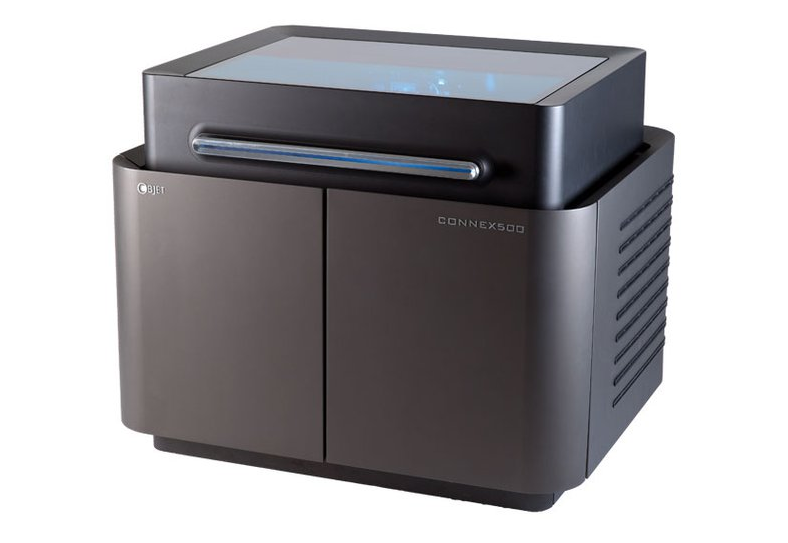
3D prototyping, also known as rapid prototyping, is a process to create scale models of parts to determine design flaws, for strength testing, heat resistance, and for gathering other data on 3D designs. Once the parts have been 3D printed, they can be tested and examined for strength, durability, and other qualities. Once the model has been tested, the design can either be edited or the parts may be ready for manufacture, using such methods as injection molding.
How 3D Prototyping WorksFirst, the user creates a 3D design in a 3D modeling program and saves it as an STL file. The STL is sent to the 3D printer's interfacing software that slices the digital model into sections and determines how the part will be printed. The design is then sent to the 3D printer which prints the parts layer by layer. Once the part is complete, it can be examined and tested for design flaws. The part can be redesigned if needed or approved for manufacture.
To learn more about the latest in 3D Printing, check out our 3D printing.
